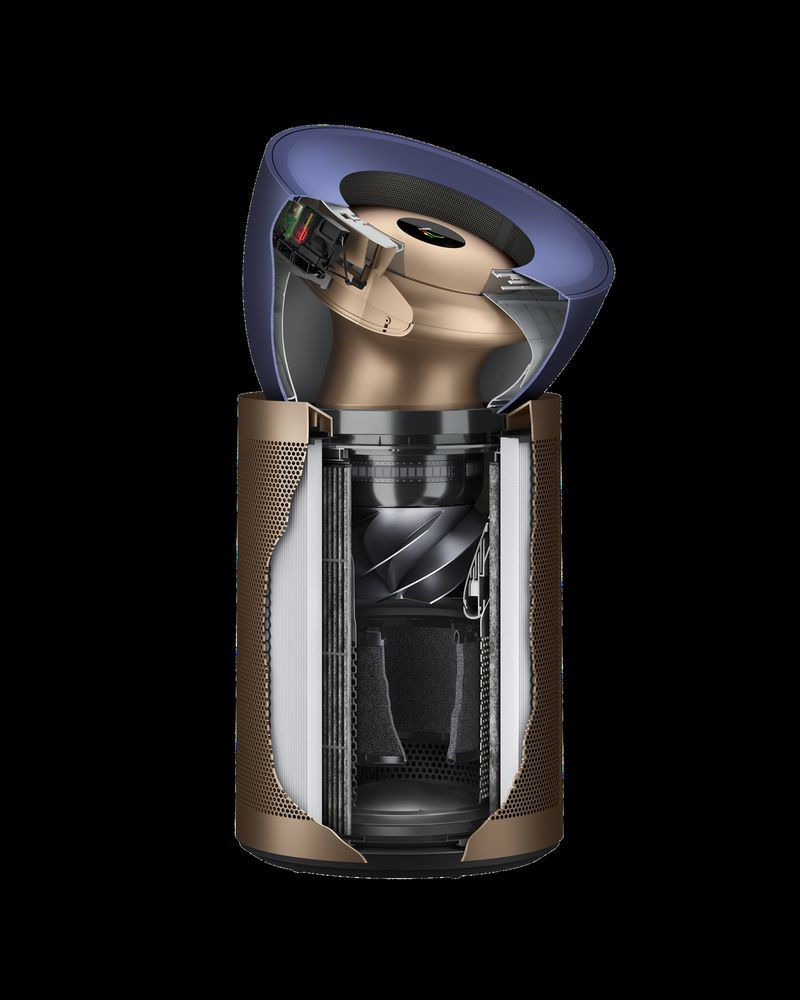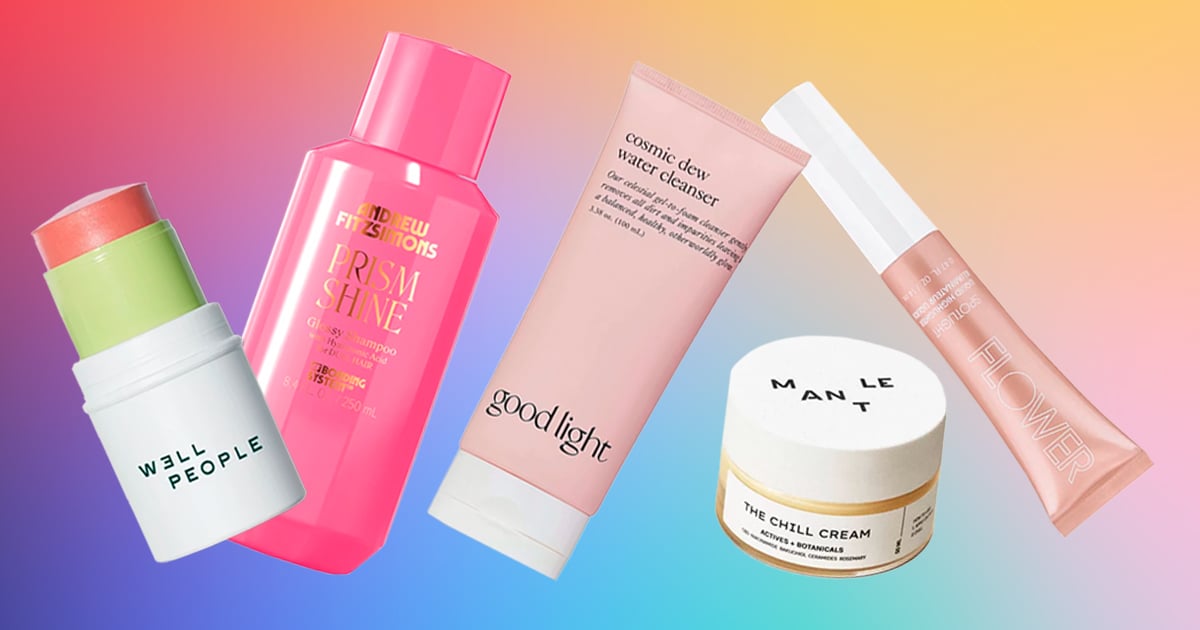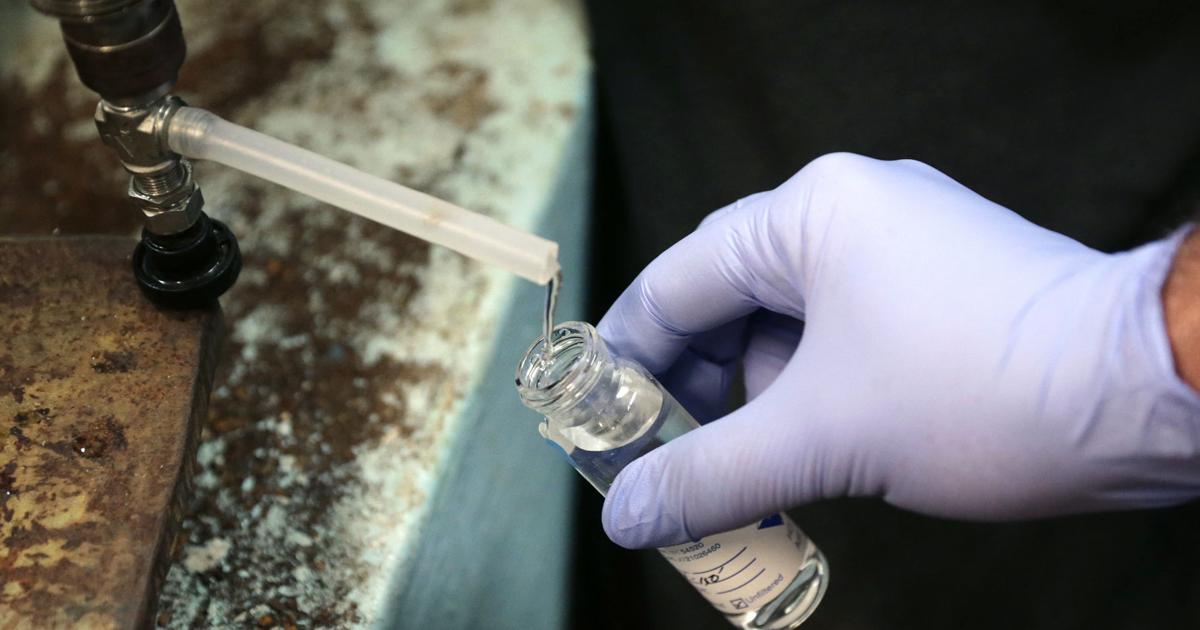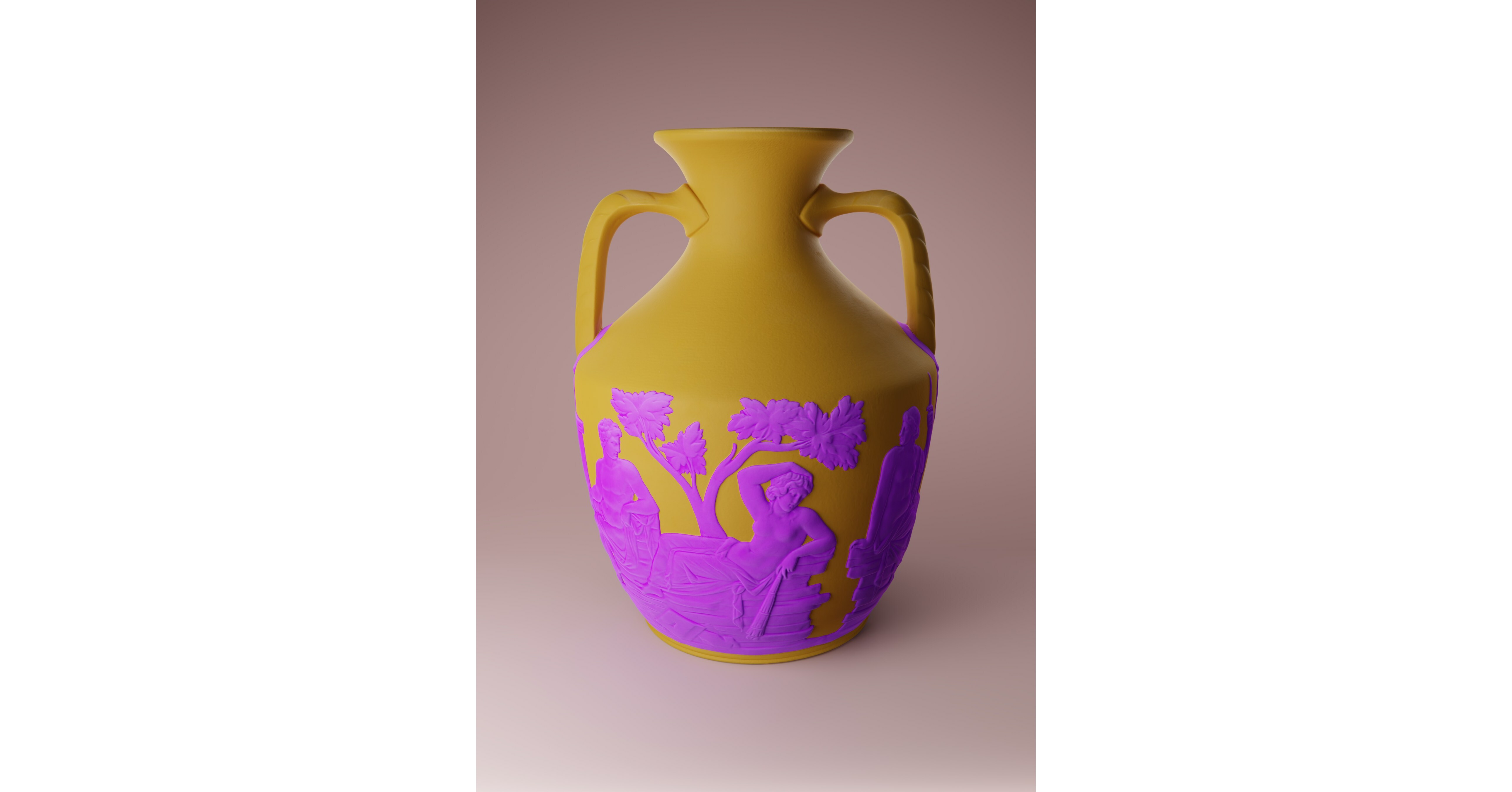Is Dyson facing a mid-life crisis or is it at the precipice of a brave new era?

We’ve all had friends who, whether spurred on by a need to be experimental or a mid-life crisis (usually both), begins spending lavishly on gadgets, takes up an array of new hobbies that do not seem to align with who they are as people, and talk loudly and brashly about these new things in their life.
They invite sympathy and scorn. Those who sympathize understand that it can be frustrating being stuck, playing the same role over and over again in your personal and professional lives. Sometimes, you need to break out of your mould. Otherwise, you only get a narrow, limited experience of life, humanity, the Earth, the universe.
Those who scorn…well, not everyone likes the uncle wearing loud, ostentatious clothes or driving loud, ostentatious cars or talking loudly, ostentatiously – you get the idea.
Through this lens, one can – rightly or wrongly – see Dyson as a brand that seems to be undergoing its own mid-life crisis. Conceived in the quaint town of Malmesbury in 1991, it has in fact exceeded the average lifespan of a company in the 90s (20 years, according to Standard & Poor). But there are signs that it’s trying to reinvent itself in a manner not unlike a midlife crisis. The brand, hailing from the United Kingdom but headquartered in Singapore, has spent £2.75 billion on new products, entering product categories that seem removed from their DNA, or at least, from their current slate of products. This investment is above what they had already spent developing an electric car – yes, Dyson made its own EV that was ultimately deemed unsuitable for retail or public release.
They’re even making bold, brash claims, such as the fact that its new slate of products are heralding in ‘The Future of Clean’. The press materials that came with it uses a lot of hyperbole – words like ‘most powerful’ or ‘quietest’ or ‘best-ever’ are thrown around a lot in its pages.
The Future of Clean comes after Dyson raised eyebrows with the Dyson Zone, its audacious entry into an entirely new product category – Wearables. But its unique features have taken some getting used to.
“You look like a cyberpunk ninja,” said a friend about a picture I posted in which I tried on the Dyson Zone, Dyson’s new headphones that come with a compressor and air purifier, and a visor to blow clean air to its wearer’s mouth and nose. I couldn’t help but note the scoff in my friend’s voice.
But the Zone also proves that Dyson dares to posit new ideas, new ways of thinking, new ways in which our electronics can work for us.
The Future of Clean introduces four new products. None of them are quite out of Dyson’s wheelhouse in terms of product category, but each introduces new thinking behind design and technology, and each, like the Dyson Zone, might change consumer behaviour in a big way.
The first is the Dyson 360 Vis Nav robotic vacuum. Surprisingly, this is not Dyson’s first robot vacuum, but it certainly is the first in a new generation of ultra-intelligent robot vacuum cleaners. It benefits greatly from Dyson’s research into sensors, software and automation, featuring sensors that detect the edges of a room, and redirect suction through a side-actuator for precise and thorough cleaning at the edges where wall meets floor – a weakness many robot vacuum cleaners have. The sensors work in tandem with its state-of-the-art processor thinks and adapts, capable of pinpointing its position to within 71mm.
There’s also the Dyson Submarine wet roller head, which gives users an ability we couldn’t appreciate until we were able to do it in a convenient, seamless manner: mopping the floor while vacuuming at the same time.
The only product that remains in what is perceived to be Dyson’s lane is the Dyson Gen5detect cordless vacuum. Outwardly, it follows most of the design thinking that shaped the Dyson cordless vacuum cleaners we’re all familiar with. But inside, it might as well be an entirely new machine. The Dyson Gen5detect is powered by Dyson’s new fifth generation Hyperdymium motor. To be fair, this motor does have amazingly powerful suction, and Dyson’s claims that it’s capable of capturing viruses might not be braggadocio, but a claimed earned by the millions of pounds it has put into research.
Dyson was not the first brand to introduce cordless vacuums, but it certainly perfected it, a notion further cemented with this new fifth generation slate of products.
But perhaps the highlight of highlights in the Future of Clean is the Dyson Purifier Big+Quiet, a product named after some of its finest qualities. But the nomenclature fails to capture some of the truly remarkable things about the purifier.
A unique Dyson algorithm cross-checks data every second, analysing the air in the room, automatically switching on purification when pollutant levels rise, and switching off once the space is thoroughly cleaned. Users can track this data on their MyDyson app.
It also takes purification to the next level. The five-year HEPA H13 particle filter traps up to 99.95% of ultrafine particles, whilst the new K-Carbon filter removes gas pollutants and three times more nitrous oxide than previous iterations. The lifetime Selective Catalytic Oxidation filter is capable of destroying formaldehyde permanently.
It’s not Dyson’s first air purifier, but boy does it change the game. The stylish, edificial device has obviously benefitted from Dyson’s work into materials, colour and finishes, and will add a touch of class to any home or office. In creating it, the engineers threw out the blueprint for their previous purifiers and redesigned it to accommodate the fruits of Dyson’s labour in research and development.
The Future of Clean is starting to bring into sharp relief Dyson’s adherence to its heritage and learning from its past to build its future.
The EV we spoke of earlier? Shelving the project does not render it pointless. The process of developing it provides Dyson’s engineers with valuable insights and learnings that are applied in the development of its new products, in everything from materials and colours to engineering.
You have to realise that Dyson is not just a vacuum or hair appliance company. And yes, it has engineered a few things outside of those.
It even has its own farms – a total of 35,000 acres across the United Kingdom. And these farms produce some of the best strawberries I’ve ever tasted, having sampled some on a recent visit to London. They’re saccharine and juicy, each one picked at the right point of ripeness.
Dyson, perhaps, is a way of life, an extension of James Dyson’s own philosophy.
It is an amalgamation of many things that seem random when viewed individually, but, when put together, gives shape to one of the world’s most iconic brands. It’s Dyson’s design, its colours, its history, its engineering, its students, its graduates, its research, its community of consumers, its many testing rooms, its sales networks, its utilization of data, its farms, its strawberries, its peas, its old vacuums, its new vacuums, its failed electric car, its super-successful hair products, its campus in Malmesbury, its facilities in Johor, its headquarters here in Singapore, its vision of the future. It’s all of it.
Dyson is neither going through a midlife crisis, nor is it at the precipice of a brave new era. It has earned its position, its ability to make claims such as ‘The Future of Clean’, by always being in both states at the same time – the audacity and almost laughable experimentation of a midlife crisis, and the meticulous data-gathering and problem-solving of a brand with designs on heralding in a better future. With that, it is always evolving, never stuck in its ways. All that matters to Dyson is its goal – making our lives cleaner and healthier. As a matter of fact, those of us who are undergoing our own quarter-life or mid-life crises can turn to Dyson for pointers on how to get out of our own funk with grace and a healthy dose of style.
Perhaps the best approach is to think of it the other way around. It doesn’t matter what stage of its life or what ‘age’ Dyson is.
We are in the Age of Dyson.








:no_upscale()/cdn.vox-cdn.com/uploads/chorus_image/image/72319738/1254545748.0.jpg)




